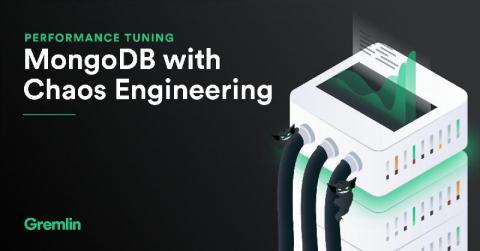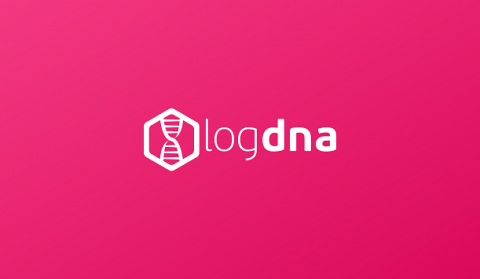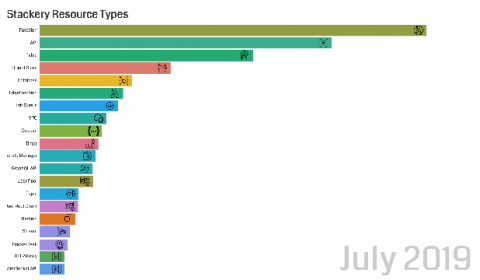Performance tuning MongoDB with Chaos Engineering
You’ve pored over the MongoDB documentation, crafted highly polished and well-tuned queries, and confidently deployed your new code to production. Everything ran great at first, but once CPU or RAM usage hit a certain point, your queries suddenly slowed to a crawl. What happened, and how can you prepare for situations like this in the future? This is an unfortunate but common scenario with databases like MongoDB.











